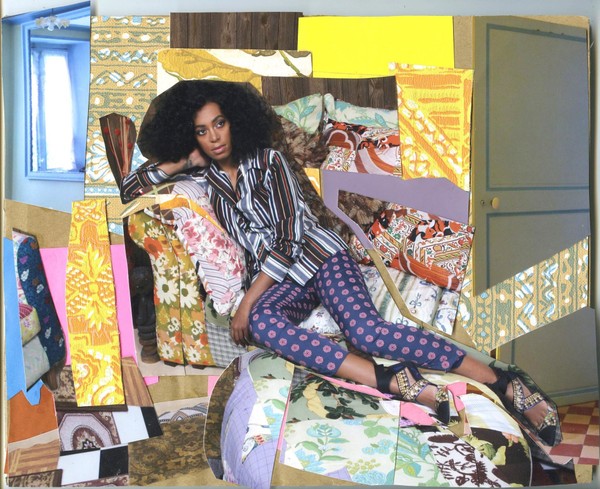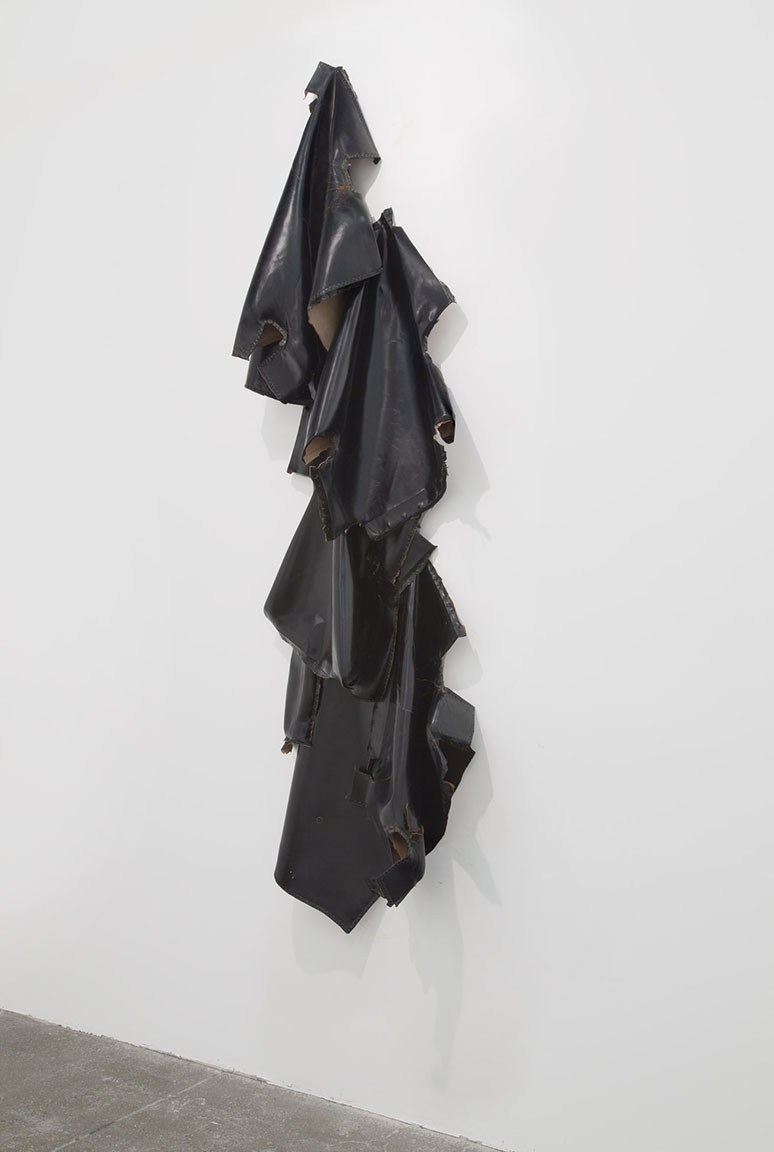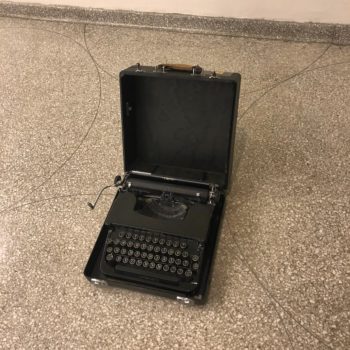Koffler Center of the Arts
The Synagogue at Babyn Yar: Turning the Nightmare of Evil into a Shared Dream of Good
Giant photographs by Edward Burtynsky — leafless trees arrayed on a snowy incline — cover the walls of the current exhibition at the Koffler Gallery and provide a backdrop to the main subject of the show.

That subject is the Synagogue at Babyn Yar, an extraordinary and entirely unique Jewish temple, built on the edge of a ravine — presumably the ravine depicted in Edward Burtynsky’s photo murals — which was the site of the horrifying massacre of much of Kyiv’s Jewish population.

The slaughter took place on September 29, 1941. More than 33,000 men, women and children were murdered on that date.
Until the conclusion of the war, and then after 1945 under the Soviets, any memorializing of the events at Babyn Yar was suppressed. It wasn’t until 1991, when Ukraine became independent, that monuments were erected at the site. In the exhibition catalogue essay, by curator Robert Jan Van Pelt, The Synagogue at Babyn Yar is described as one of the more “playful interventions on the site, to be constructed over an extended period.” It was completed in 2021.
The Synagogue was designed by Swiss architect Manuel Herz. It is constructed of wood, specifically 100 year old oak from the regional forests. With brilliantly painted interiors, wood was the traditional material used to build synagogues in Eastern Europe (none of which survive) since the seventeenth century.

In writing about this project Manuel Herz, explains that while starting from the idea of a book, his proposal was to create a sort of “pop-up version,” one that is opened or unfolded by a ritualized group effort.

If we conceptualize the synagogue as a building typology in its purest essence, we can consider it as a book. During the religious service, a congregation comes together, to collectively read a book – the Siddur (the book of prayers) or the Bible. The shared reading of the book opens a world of wisdom, morals, history and anecdotes to the congregation. It is this notion that informs the design of the new Babyn Yar Synagogue.
Manuel Herz, architect and designer of the Synagogue at Babyn Yar
When it is not being used the Synagogue is folded in on itself. Weathered grey in colour, the temple forms a tall, slim rectangle that appears to hover above the ground on a platform.




The exhibition contains maps of the ravine, numerous photographs documenting the past and present at the site, a scale model of the Synagogue, writings and poetry describing the terrible events that took place, films discussing the construction process, and finally, an enclosed space where the visitor to the exhibition is able to view a simulation of the night sky at that date and time and place, and observe as it transforms into the decorated Synagogue ceiling.



The show includes selections of poetry by Yevgeny Yevtushenko, a Russian poet born in Siberia in 1933.

Yevtushenko became known in Russia and internationally during the Khrushchev era, when his poem about Babyn Yar was published. “No monument stands over Babi Yar. A drop sheer as a crude gravestone. I am afraid,” is how the poem begins.
Here are a few key dates in the recent history of Ukraine:
1918 – Ukraine declares independence after Russian Revolution.
1921 – Soviet rule established as Russian Red Army conquers two-thirds of Ukraine.
1932 – At least seven million peasants perish in man-made famine during Stalin’s collectivisation campaign.
1941-44 – Ukraine suffers terrible wartime devastation during Nazis occupation.
1945 – Allied victory in Second World War leads to conclusive Soviet annexation of west Ukrainian lands.
1986 – A reactor at the Chernobyl nuclear power station explodes, sending a radioactive plume across Europe.
1991 – As the Soviet Union heads towards dissolution, Ukraine declares independence.
2004 – Orange Revolution mass protests force pro-European change of government.
2014 February – Maidan Revolution ousts pro-Kremlin government over stalled European Union association deal. Russia subsequently seizes Crimean peninsula and launches insurgency to occupy parts of eastern Ukraine.
2022 February – Russia launches full-scale invasion of Ukraine., President Zelensky rallies resistance to the invasion. Russia initially takes large areas of eastern Ukraine as part of its attempt to overthrow the government.
A volunteer walked me through the exhibition at the Koffler Gallery. He was a nice guy and very informative.
“Have you visited Ukraine?” I asked him.
“No,” he said, “I would like to. But now is not a good time.”




































 Saint Marguerite Bourgeoys teaching her indigenous pupils in 1694 on ground belonging to the
Saint Marguerite Bourgeoys teaching her indigenous pupils in 1694 on ground belonging to the  Portrait of Saint Marguerite Bourgeoys
Portrait of Saint Marguerite Bourgeoys Detail of “The Prophets” by Richard Ibghy and Marilou Lemmons
Detail of “The Prophets” by Richard Ibghy and Marilou Lemmons Detail of “The Prophets” by Richard Ibghy and Marilou Lemmons
Detail of “The Prophets” by Richard Ibghy and Marilou Lemmons Museum goer photographing art work by Richard Ibghy and Marilou Lemmons, while standing in front of a painting by Jack Bush
Museum goer photographing art work by Richard Ibghy and Marilou Lemmons, while standing in front of a painting by Jack Bush Pulse Spiral by Rafael Lozano-Hemmer
Pulse Spiral by Rafael Lozano-Hemmer
 Installation shots from Zoom by Rafael Lozano-Hemmer
Installation shots from Zoom by Rafael Lozano-Hemmer “Earthling (Red Sweater)” by Janet Werner
“Earthling (Red Sweater)” by Janet Werner
















































